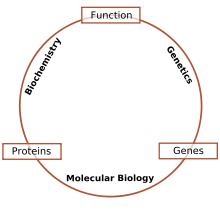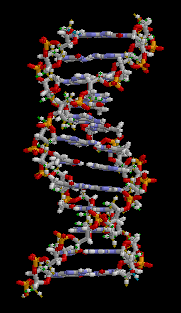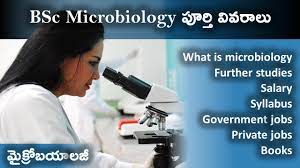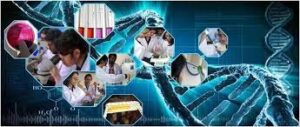Courtesy : Bachelor of Science Microbiology (CBM) – Chemistry, Botany, Microbiology
Relationship to other biological sciences

Schematic relationship between biochemistry, genetics and molecular biology
The following list describes a viewpoint on the interdisciplinary relationships between molecular biology and other related fields.
- Molecular biology is the study of the molecular underpinnings of the biological phenomena, focusing on molecular synthesis, modification, mechanisms and interactions.
- Biochemistry is the study of the chemical substances and vital processes occurring in living organisms. Biochemists focus heavily on the role, function, and structure of biomolecules such as proteins, lipids, carbohydrates and nucleic acids.
- Genetics is the study of how genetic differences affect organisms. Genetics attempts to predict how mutations, individual genes and genetic interactions can affect the expression of a phenotype
While researchers practice techniques specific to molecular biology, it is common to combine these with methods from genetics and biochemistry. Much of molecular biology is quantitative, and recently a significant amount of work has been done using computer science techniques such as bioinformatics and computational biology. Molecular genetics, the study of gene structure and function, has been among the most prominent sub-fields of molecular biology since the early 2000s. Other branches of biology are informed by molecular biology, by either directly studying the interactions of molecules in their own right such as in cell biology and developmental biology, or indirectly, where molecular techniques are used to infer historical attributes of populations or species, as in fields in evolutionary biology such as population genetics and phylogenetics. There is also a long tradition of studying biomolecules “from the ground up”, or molecularly, in biophysics. # ISO certification in India
Techniques of molecular biology

DNA animation
For more extensive list on protein methods, see protein methods. For more extensive list on nucleic acid methods, see nucleic acid methods.
Molecular cloning
Main article: Molecular cloning

Molecular cloning is used to isolate and then transfer a DNA sequence of interest into a plasmid vector. This recombinant DNA technology was first developed in the 1960s. In this technique, a DNA sequence coding for a protein of interest is cloned using polymerase chain reaction (PCR), and/or restriction enzymes, into a plasmid (expression vector). The plasmid vector usually has at least 3 distinctive features: an origin of replication, a multiple cloning site (MCS), and a selective marker (usually antibiotic resistance). Additionally, upstream of the MCS are the promoter regions and the transcription start site, which regulate the expression of cloned gene. # ISO certification in India
This plasmid can be inserted into either bacterial or animal cells. Introducing DNA into bacterial cells can be done by transformation via uptake of naked DNA, conjugation via cell-cell contact or by transduction via viral vector. Introducing DNA into eukaryotic cells, such as animal cells, by physical or chemical means is called transfection. Several different transfection techniques are available, such as calcium phosphate transfection, electroporation, microinjection and liposome transfection. The plasmid may be integrated into the genome, resulting in a stable transfection, or may remain independent of the genome and expressed temporarily, called a transient transfection. # ISO certification in India
DNA coding for a protein of interest is now inside a cell, and the protein can now be expressed. A variety of systems, such as inducible promoters and specific cell-signaling factors, are available to help express the protein of interest at high levels. Large quantities of a protein can then be extracted from the bacterial or eukaryotic cell. The protein can be tested for enzymatic activity under a variety of situations, the protein may be crystallized so its tertiary structure can be studied, or, in the pharmaceutical industry, the activity of new drugs against the protein can be studied. # ISO certification in India






